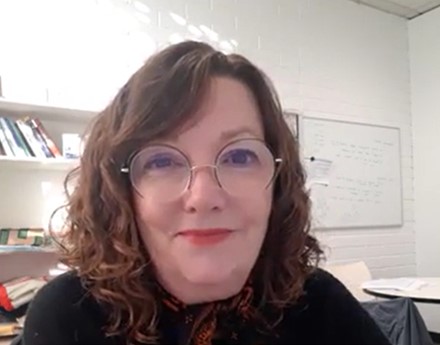Safety, trust and attention for vulnerable people: A patient's perspective
2746 0
A post written by Associate Professor Kim Devery, Project Lead, End-of-Life Essentials

Patients living towards the end often are given repeated ‘bad’ news of illness progression or a bleak prognosis. They may discover that an illness can’t be cured, learn that weakness will increase, and realise that, despite all efforts and hopes, they are dying. The impact of such realisations inevitably spread like a ripple to their family and friends, where the complexity and heightened emotions flow. The vulnerabilities that come with knowing that time is limited are shared.
Hospitals aren’t always the best places for unwell people facing the end of life. However, as statistics show, this is where over 50% of Australians will end their lives. So, unwell dying people contend with existential concerns and feelings of vulnerability, as well as the busy-ness and super-sized offerings of health interventions found in acute hospitals.
Many health professionals entered professions in health care to improve patients’ health and wellbeing. Many Australians are better off because of these intentions, those who recover to live another day. Of course, these motivations of restoring health can be a challenge when providing care to people at the end of life or those dealing with progressive serious illness. Providing service and care to people who feel vulnerable as well as realising, as a health professional, I cannot fix things, may put me in a vulnerable place too. So, how can health care professionals best respond to vulnerabilities that are often felt by seriously ill people?
Our new resources and education provide a way forward. Our new animation 'The Patient's Perspective' is written by a very generous woman, who, when faced with her own serious and life limiting illness wanted her experience shared. She offers her experience so we can all learn how to be better professionals. She offers her experience so we can be brave enough to see and respond to patients, as people. What made things worse for her, was not being treated like a person, being stripped of her identity that was only replaced by a diagnosis which made her feel vulnerable, lost, and unsafe.
What helped her were professionals who took a few extra moments to ask about her, not about her illness, but about her as a person. To see the world through her eyes.
How are you?
Do you want to talk about it?
Sounds like you’ve been through a lot…
I’m so sorry things aren’t better right now.
It didn’t matter so much that things weren’t fixed or cured. What mattered was being seen as a person. Health professionals who can tap into these patient-centred responses can have an enormous impact on patients as people and show kindness and compassion.

Associate Professor Kim Devery
Project Lead, End-of-Life Essentials